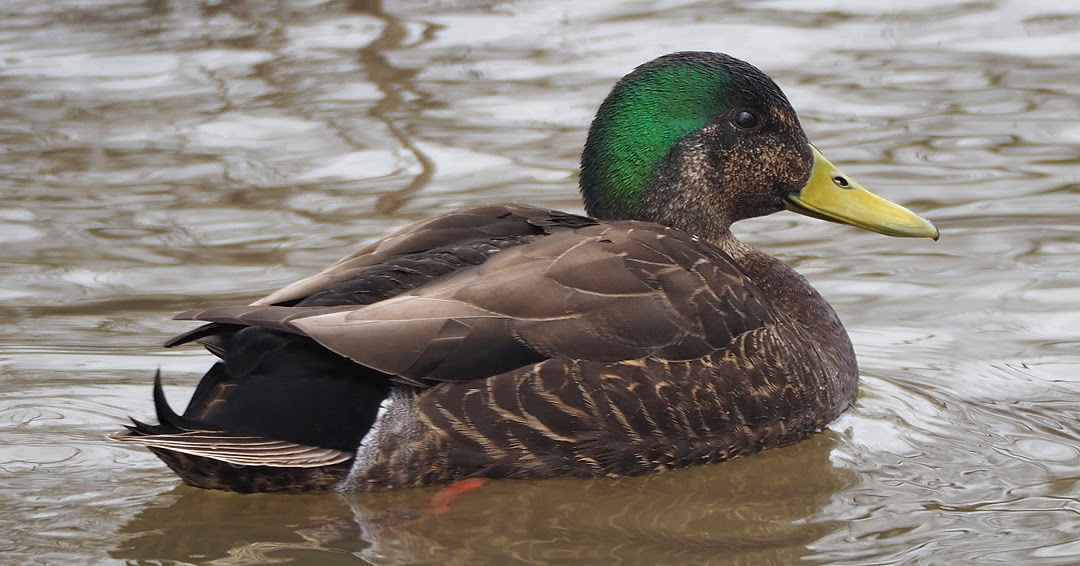Ghostborb
Member

Saw this pretty boy with a birding group this morning! They said that he was a domesticated mallard or something? Yet after searching it up online I can’t figure out what a domesticated mallard is.
View attachment 1B8EFEEE-A5DC-4D21-9163-7DAEF7891457.jpeg
View attachment 1B8EFEEE-A5DC-4D21-9163-7DAEF7891457.jpeg





